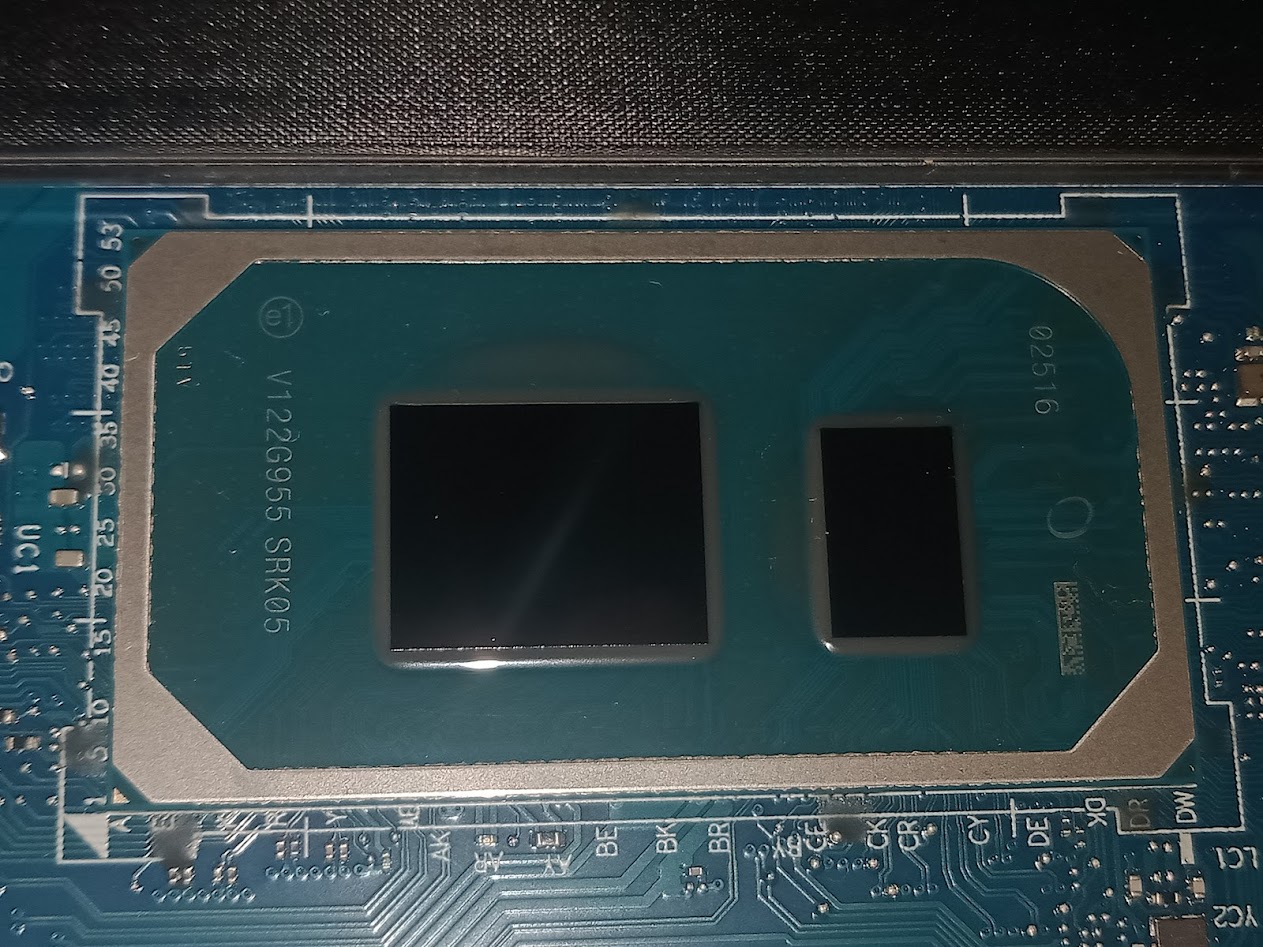Comparing: SanDisk SD9SB8W512G1001 vs Intel Iris Xe Graphics (80EUs, Tiger Lake) [Disk]
In this comparison, we analyze two Disks: SanDisk SD9SB8W512G1001 and Intel Iris Xe Graphics (80EUs, Tiger Lake) [Disk], using synthetic benchmark tests to evaluate their overall performance. This side-by-side comparison helps users understand which hardware delivers better value, speed, and efficiency based on standardized testing. Whether you're building a new system or upgrading an existing one, this benchmark-driven evaluation offers valuable insights to guide your decision.

SanDisk SD9SB8W512G1001
| Type: | Disks |
|---|---|
| Model: | SanDisk SD9SB8W512G1001 |
| Capacity: | 512GB |
| Interface: | SATA-III 6Gbps |

Intel Iris Xe Graphics (80EUs, Tiger Lake) [Disk]
| Type: | Disks |
|---|---|
| Model: | Intel Iris Xe Graphics (80EUs, Tiger Lake) [Disk] |
| Capacity: | 2GB |
| Interface: | DDR4 |
Specification Comparison Table
| Specification | SanDisk SD9SB8W512G1001 | Intel Iris Xe Graphics (80EUs, Tiger Lake) [Disk] |
|---|---|---|
| Brand | SanDisk | - |
| Format | SSD 2.5 | VRAM Disk |
| Capacity | 512GB | 2GB |
| Interface | SATA-III 6Gbps | DDR4 |
Submission Comparison Table
| Benchmark Software | SanDisk SD9SB8W512G1001 | Intel Iris Xe Graphics (80EUs, Tiger Lake) [Disk] |
|---|---|---|
| CrystalDiskMark |
Read: 526.70 MB/s Write: 485.87 MB/s |
Read: 2758.52 MB/s Write: 2109.43 MB/s |
About Hardware SanDisk SD9SB8W512G1001
The SanDisk SD9SB8W512G1001 is a 512GB SSD with a 6Gbps SATA interface, which offers a significant improvement in read/write speeds over conventional HDDs. With 3D NAND technology, this SSD has better endurance and lower power consumption, making it ideal for laptops and PCs that require high responsiveness.
The read speed of this SSD can reach up to 550MB/s, while the write speed can reach 500MB/s, making it suitable for multitasking, fast system booting and large file processing.
Thursday, 23 June 2022 07:42:49 | Update: 1 month ago
About Hardware Intel Iris Xe Graphics (80EUs, Tiger Lake) [Disk]
Iris Xe Graphics (80EUs, Tiger Lake) is Intel's 11th Generation Core (Tiger Lake) iGPU, featuring 80 Execution Units (EUs) and improved performance over the previous generation. It is typically used for light graphics processing, 4K video playback, and casual gaming.
In this scenario, a portion of the VRAM (Video RAM) on the Iris Xe Graphics iGPU is allocated as a VRAMDisk, which is temporary storage within the VRAM. VRAMDisk can be used for data caching or certain experiments that utilize the high speed of VRAM for faster data processing, in this context the data storage is only used to store data and for speed tests.
Friday, 06 August 2021 04:34:19 | Update: 1 month ago
